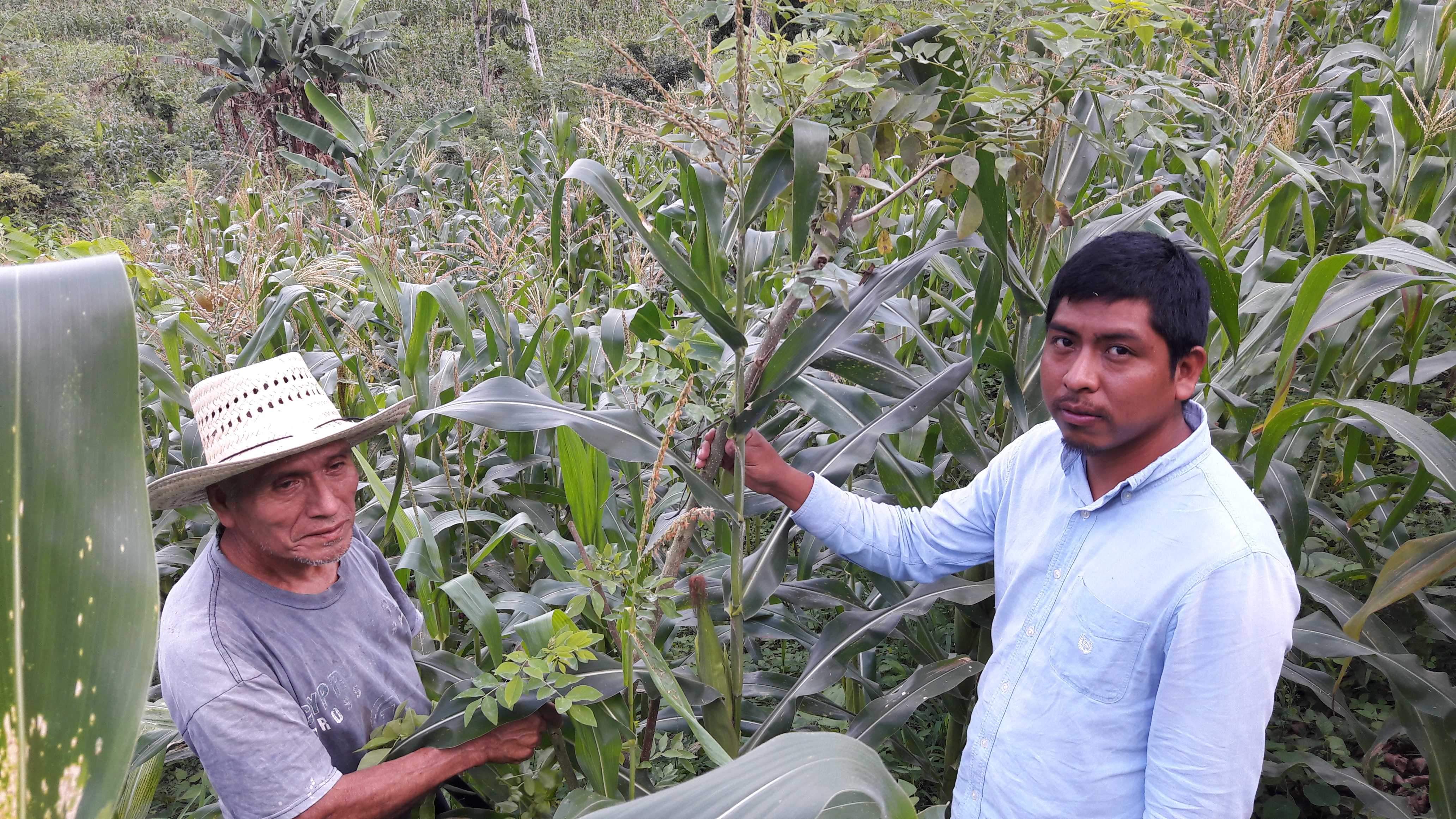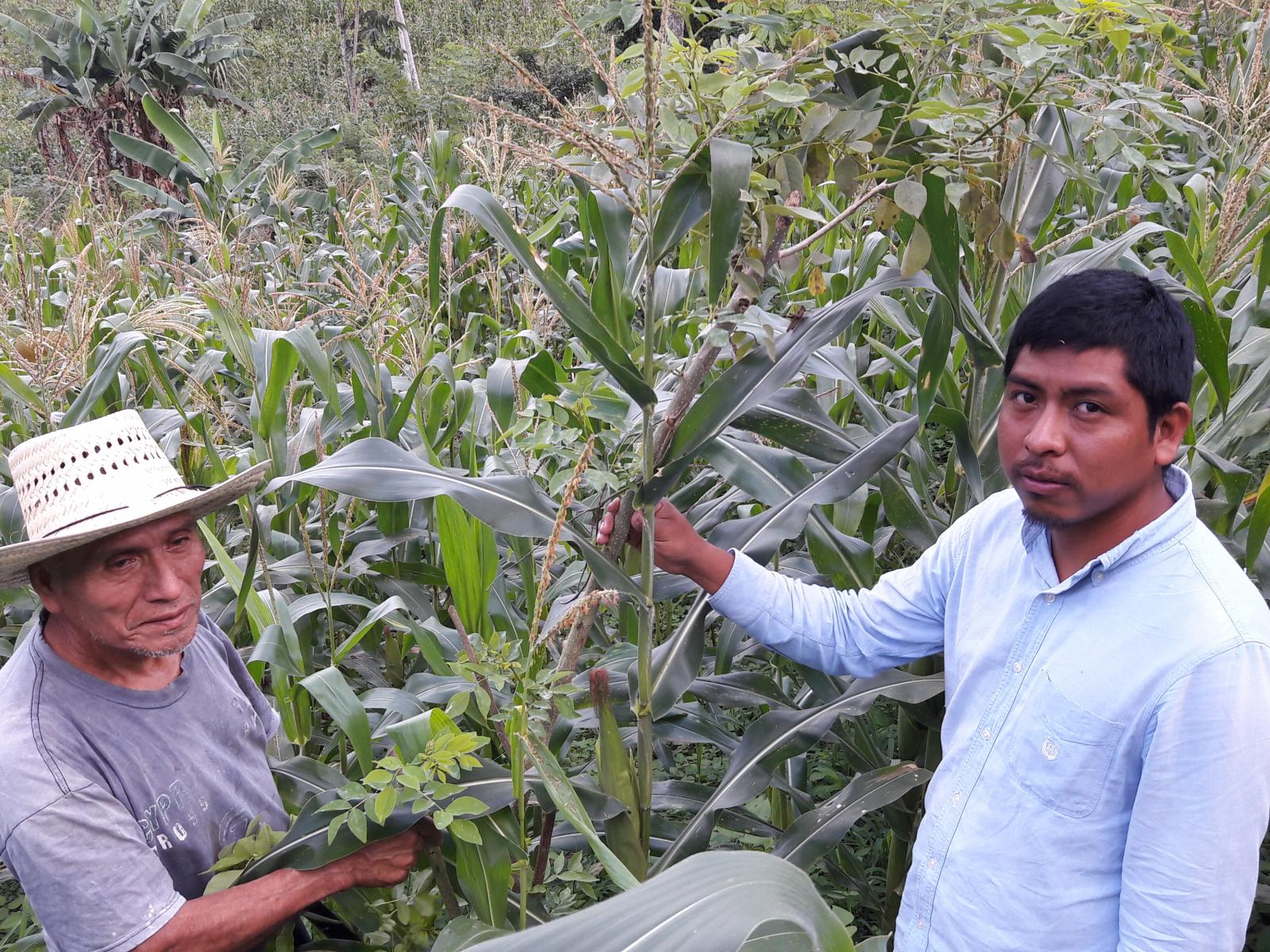An Overview Of Our Solution
- Population Impacted:
- Continent: North America
Organization type
Population impacted
Size of agricultural area
Production quantity
People employed
Describe your solution
Describe your implementation
External connections
What is the environmental or ecological challenge you are targeting with your solution?
Describe the context in which you are operating
MFN territory is within the Mesoamerican pine-oak forest ecoregion of Central America, which is recognized as one of the 20 biodiverse regions globally since it contains 7% of the species in only 1% of the world's area. It is located within one of the six terrestrial ecoregions of the Mesoamerican forest corridor, Central American Montane Forest and is home to one of the world's richest coniferous areas. It is characterized by its distribution in patches of isolated mosaics in the highlands of Central America. MFN territory (6 municipalities in 2 departments) covers a total of 4,280 Km2 and has a population of 233,294 inhabitants. 83% reside in rural areas and 89% are of Mayan ethnicities. It also presents some of the highest rates of poverty and malnutrition in the region. Rural poverty rates are particularly high in northern Guatemala, 67.6% in Huehuetenango and 76.9% in the department of Quiche. The local economy is based on agriculture. Monthly family income is around US$173.
How did you impact natural resource use and greenhouse gas emissions?
Language(s)
Social/Community
Water
Food Security/Nutrition
Economic/Sustainable Development
Climate
Sustainability
The first phases have been mostly funded by grants and municipal funds. Through slow and steady work, 500 families are now applying agroforestry practices on their plots and have the ability to access PINPEP incentives from the Guatemalan government. Long-term sustainability, with the adoption of agroforestry, will come from improved yields as families are improving soil fertility and their basic grain production, as well as cardamom, cacao, and honey not only for family consumption, but also to market surpluses in local and international markets. 200 families are producing honey and obtaining fair trade prices through COPIASURO. MFN and its partners expect to enhance this linkage to markets in coming years.
Return on investment
Entrant Banner Image

